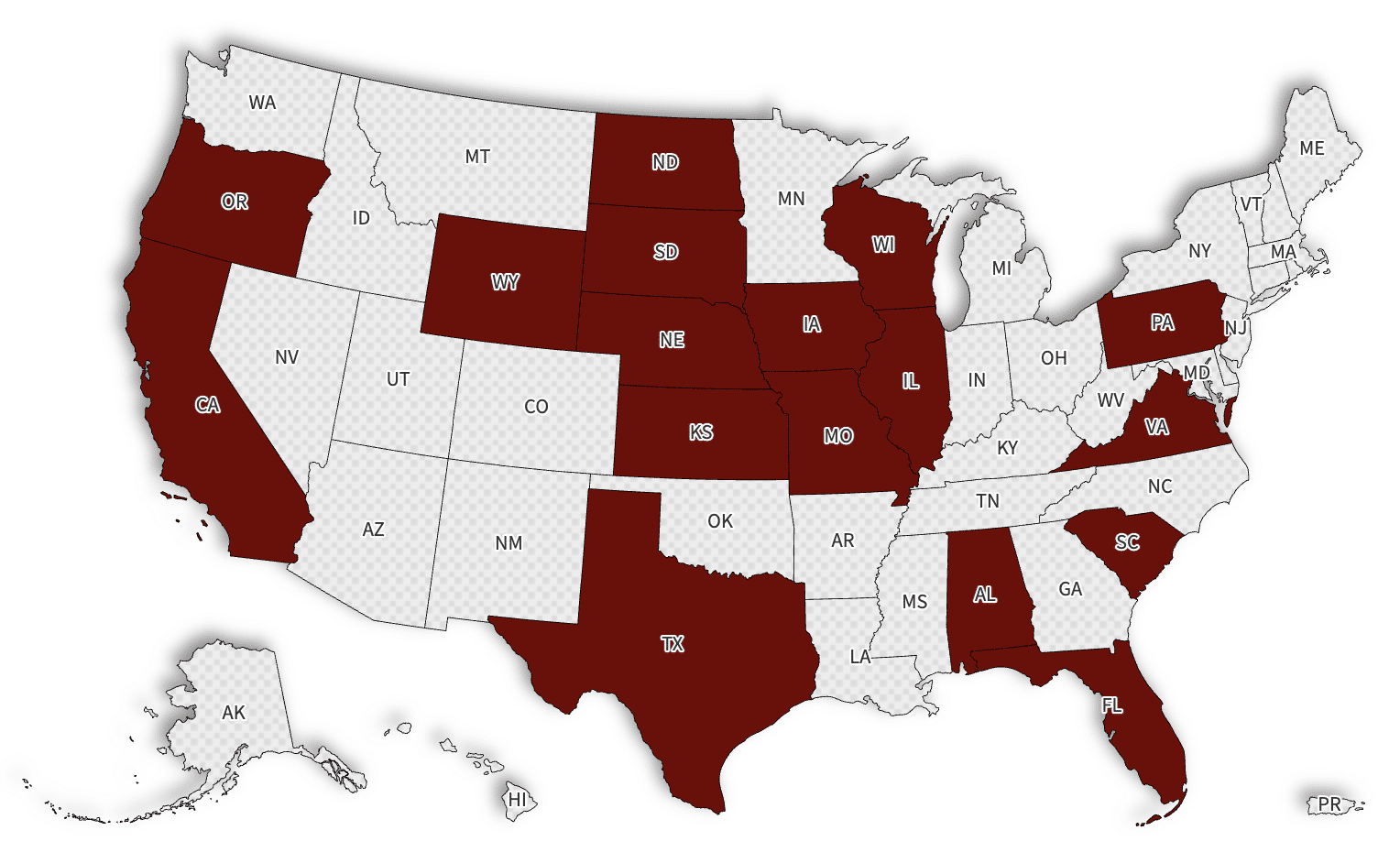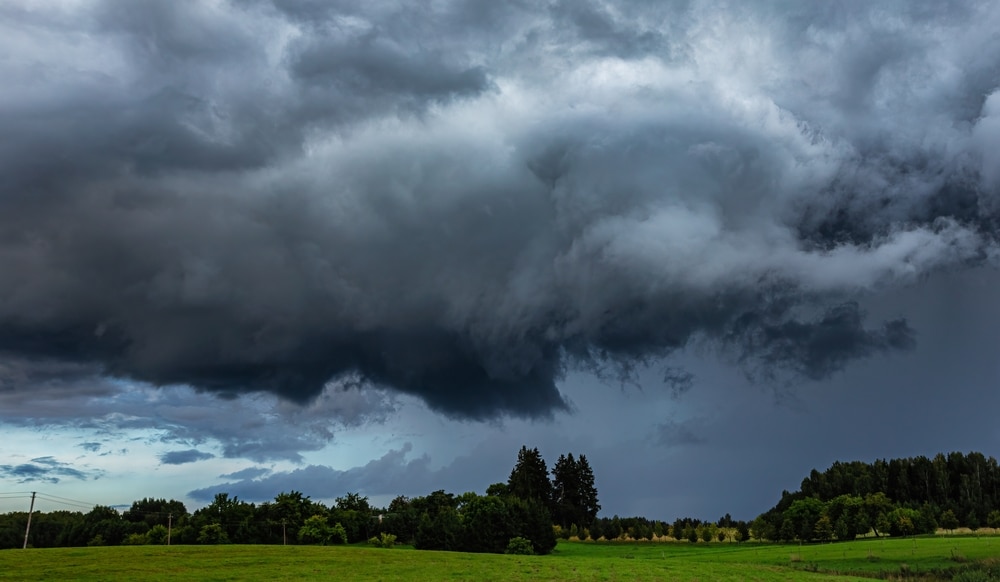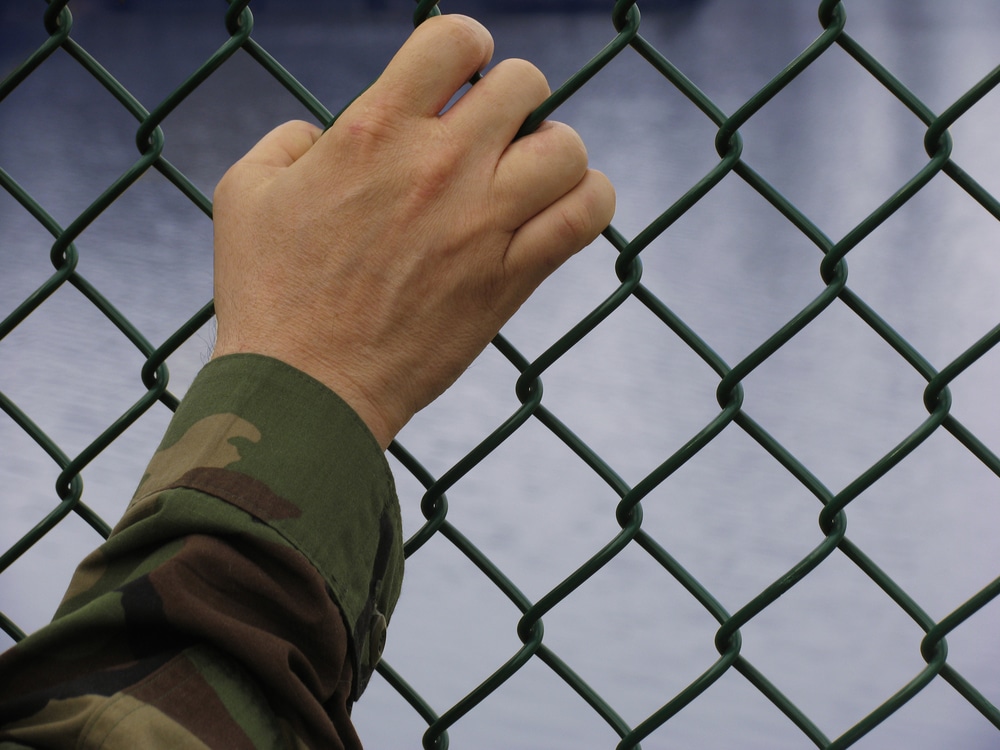A recent spate of attacks on electrical substations in North Carolina and other states has underscored the continued vulnerability of the nation’s electrical grid, according to experts who warn that the power system has become a prime target for right-wing extremists.
According to DNYUZ, Over the last three months, at least nine substations have been attacked in North Carolina, Washington State and Oregon, cutting power to tens of thousands of people. After those attacks, federal regulators ordered a review of security standards for the electrical system.
The F.B.I. on Friday said that it was offering two $25,000 rewards for information that leads to the conviction of those responsible for shooting and damaging two substations in Moore County, N.C. on Dec. 3 and for shooting at another substation in Randolph County, N.C., on Jan. 17. The Moore County attack caused 45,000 people to lose power, some for five days.
Concerned about the sabotage, legislators in North Carolina, South Carolina and Arizona have introduced bills that would require 24-hour security at substations or toughen penalties for damaging them.
The proposals represent the latest efforts to protect the grid since 2013, when a sniper attack on a power station in California raised alarms across the industry. Experts say that it inspired others to plot similar attacks.
Because they house transformers that transfer power from region to region, the tens of thousands of substations across the country represent the most vulnerable nodes in the nation’s vast electrical grid, said Jon Wellinghoff, a former chairman of the Federal Energy Regulatory Commission.
According to CNN, The motive behind the December 3 attack is still not known, but it came after an FBI bulletin in November warned of threats by extremist groups to “create civil disorder and inspire further violence.”
“This typically very primitive style attack equals millions of dollars in damage,” Brian Harrell, a former US Department of Homeland Security Assistant Secretary for Infrastructure Protection, told CNN. “If you were to shoot out some very key components you can quickly create an effect where this large multimillion dollar transformer becomes essentially a paperweight.”
In 2022 there were 25 “actual physical attacks” reported on power facilities across the US and one report of “sabotage,” according to the latest statistics available from the Department of Energy.
The data also shows 57 reports of suspicious activity, and 80 acts of vandalism. The numbers are mostly trending up, compared with 2021, when there were six actual physical attacks reported and two reports of sabotage. The data also shows 32 reports of suspicious activity, and 52 acts of vandalism.
Many attacks remain unsolved. “There’s no doubt in my mind that 2023… is probably going to be the most catastrophic when it comes to the uptick of DVE (Domestic Violent Extremist) attacks on electricity infrastructure,” Harrell said. “A number of individuals and extremist groups online right now have already signaled that this is a part of their playbook.”
One of those playbooks, with a swastika and lightning bolts on the cover, published on a social media platform by a neo-Nazi group, makes their aim quite clear.
“The main thing that keeps the anti-White system going is the powergrid,” the document reads. “This is something that is easier than you think. Peppered all over the country are power distribution substations… Sitting ducks, worthy prey.”
It’s part of a White-power philosophy called “accelerationism,” which wants to destroy society and replace it with one based on their racist ideologies.
“With the power off, when the lights don’t come back on… all hell will break lose, [sic] making conditions desirable for our race to once again take back what is ours,” they write.
The head of another accelerationist group posted on social media that these attackers have “cracked the code on lone wolf attacks.” The attacks “check off all the necessary boxes which I didn’t think possible for lone wolf ops in USA – Frequency, sustainability, geographic concentration,” he is quoted as saying. “Law enforcement appears powerless (no pun intended) to stop them.”

















